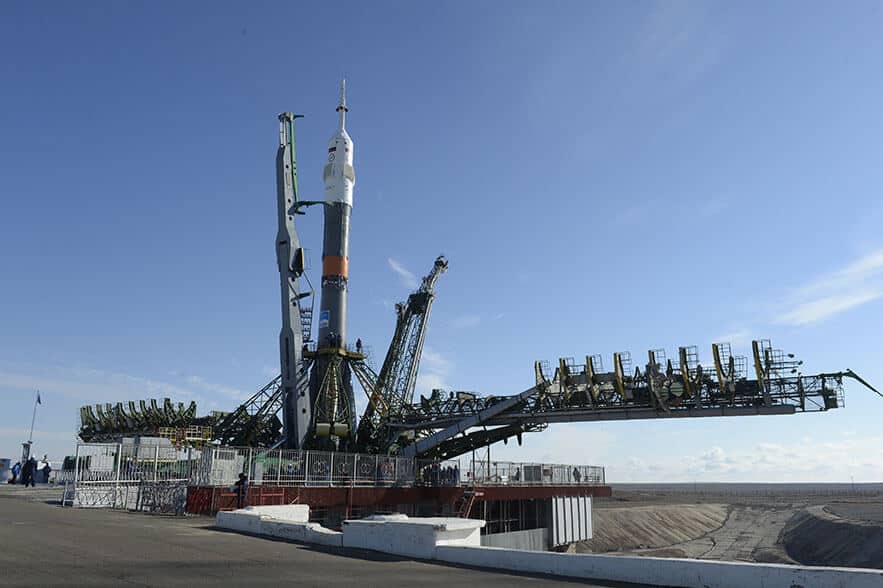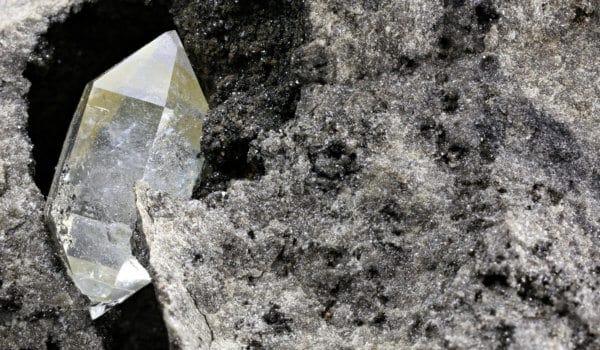If you drive just a short distance from bustling Moscow, you will find a modest, homely town called Zvyozdny gorodok among the pine forests. At first glance, nothing appears to be much different from any other small Russian town. But this one nevertheless has a distinguishing little feature.
Star City (aka Zvyozdny) is a world capital for space flight training. To say exactly who chose the city’s name is not even possible. In Soviet times, Star City was “classified” and isolated from the outside world. It did not appear on any maps or road signs. From Moscow, it could be reached only by a bus, which was not listed on official bus routes. Today, of course, the situation has changed. But a certain spirit of the Soviet Union still remains here. As the locals put it, in the winter Zvyozdny is like an echo from the past. At this time of year, the victories of the past and the possibilities of the future feel intricately interwoven.
Most of the population comprises either cosmonauts or the employees of the local institutions and their families. In the central square stands a monument to Yuri Gagarin. Looking carefully at the monument, you notice that one of the cosmonaut’s hands is held behind his back. Walking around the monument, you then see a sculpted daisy in that hidden hand. According to the legend, the flower was attached after Gagarin’s death and it points to the house where his widow Valentina Gagarin still lives. In Star City, you can also now visit the Museum of Cosmonautics, which opened in 1967. It showcases a variety of devices that have made it into outer space, including spaceships and cosmonauts’ suits. In the “space” section, one can see unique items such as a full-sized model of a huge orbital “Mir” station, a Centrifuge CF-18 (the only one in the world with its particular characteristics) or an actual hydro-laboratory, where the cosmonauts practiced the skills they would require in order to accomplish space walks and much more.
Baikonur
Speaking of the Soviet (and then Russian) contribution to the development of space flight, we cannot refrain from mentioning yet another city: Baikonur, located in the dessert of Kazakhstan. Certainly, if Star City is more modestly considered to be only one among the world’s capitals for cosmonaut training, then Baikonur has a singular global status as the unrivaled capital for sending those same cosmonauts into orbit. Statistically, more than half of the world’s space launches have been achieved from this wide open landscape.
The construction of this spaceport, the world’s largest, began in the 1950s. Indeed, the first artificial satellite of the Earth, Sputnik 1, was launched from here in 1957. That same year, the famous canine Laika was sent to surf the great depths of outer space, a fact which still upsets “Greenpeaceniks.” Four years after that, Gagarin began his famous flight from here as well.
Beyond the chance to witness a rocket launch, Baikonur offers many interesting sights to the visitor. For example, tourists are allowed to observe different stages of launch preparation, including the delivery of the rocket and its installation on the launch pad. In addition to visiting the launch pads of the world’s oldest launch site, you can tour the assembly and testing facilities. The city itself has many museums and historical monuments, such as the memorial bungalows where S. P. Korolev and Yuri Gagarin lived and the orbital ship “Buran” and much more.
Photo: Shutterstock
Support us!
All your donations will be used to pay the magazine’s journalists and to support the ongoing costs of maintaining the site.
Share this post
Interested in co-operating with us?
We are open to co-operation from writers and businesses alike. You can reach us on our email at [email protected]/[email protected] and we will get back to you as quick as we can.









